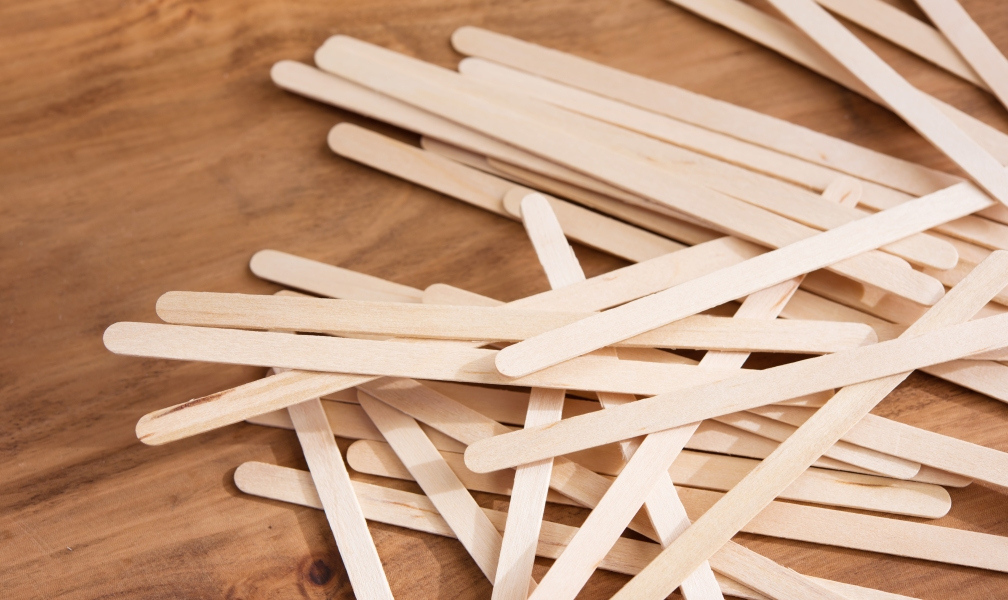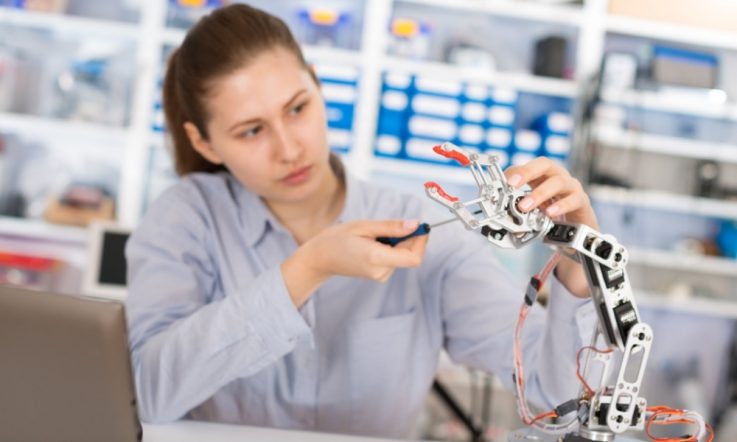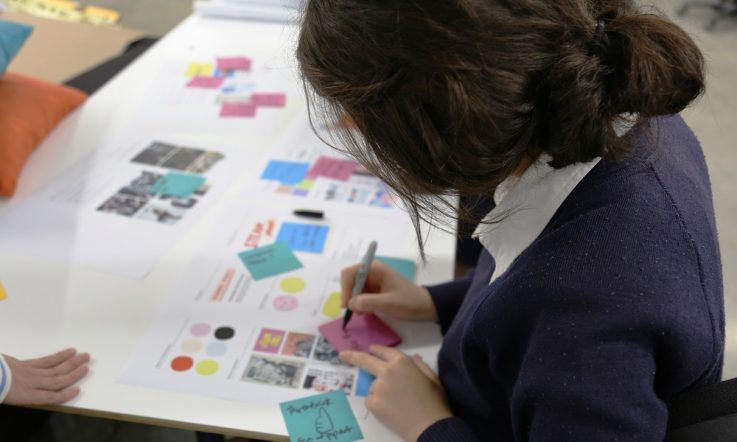Hello, thank you for downloading this podcast from Teacher magazine. Welcome to the second part of our Teaching Methods podcast on Engineering.
In part one Lyn English, Professor in STEM Education at the Queensland University of Technology, talked about the importance of Engineering in the primary years and the resources available to teachers. Here, she chats to Teacher editor Jo Earp about the Engineering Design Process learning framework, the steps involved in the process, and the role of the teacher in scaffolding learning.
Jo Earp: Now, your area of research interests includes STEM learning through Engineering Design Processes. As I understand it then, from the reading that I've done, that's a learning framework?
Lyn English: Yes, it's not the be all and end all. The children, we encourage them to rather than go straight in and do something without giving it any thought (and this applies across the board) they've got to look at the problem, because the problem will not be a straightforward one in the sense of ‘what's 27 + 13?' or whatever. …they call it ‘ill-structured problems' – children of all levels can solve it, some at more sophisticated levels than others.
So, they have to do what's called problem scoping: Look at the problem. What are the constraints? What materials are we given? What's our budget? Because when engineers and architects and so on, when they're doing buildings, we all know about budgets! So they've got to look at ‘what are my constraints?' and ‘are our ideas feasible?'
We gave the students, right from the word go, a very simple engineering model of: Look at the problem, brainstorm – think about some ideas, draw some initial designs (and we get the children to sketch those) – but what we've also brought in is some experiment as well because children will be using the hands-on materials and they love to experiment. So, we let them experiment and explore the materials, get a feel for them and how they can combine them.
Then we say ‘well, okay, now let's put some ideas down on paper. Draw your sketch of how you're going to do it'. Then they will translate. What they need to do is, when they're building, sketching their design of how they're going to construct for example an earthquake-proof building, they've got to look at their sketch and then look at the materials they've got and develop their building with those materials. Then they've got to test it – for example, they might have a simple Richter scale that we've made out of foam and everything – well, … they test it on that and they think ‘oh, my building fell apart, we didn't make the base stable enough, we need to do some more cross-bracing' (which is a technique to make buildings solid).
So then they go back and they will redesign and they find that a little bit hard at times. They will go back and redesign but it depends on how long they've spent on doing the initial designs. But they realise, particularly after a couple of years, the importance of redesign, rethinking and improving on their products.
For example, one problem I did with them was making a paper plane. Very simple of course but they did it before we introduced them to the notion of different force and thrust and so on. They had to see how long they could [keep the paper plane] in the air. Well, the kids loved that. They welcomed the opportunity to redesign because ‘I want to make it stay longer, I know what I can do!' you know? And so they're enthusiastic to see how they can improve what they're doing. Then they'd come up with a solution and we ask them to report to the rest of the students – explain, how did you come up with your solution? Tell us about your product? What are some ideas, some struggles that you had?
So, it [the design process] gives some flexibility. It's not a ‘you do this, then you do this, then you do that', but it's a general framework for them to realise that we've got to talk about, do a sketch, translate it with some materials, ‘will that meet what I've got to do?'. We might say ‘no, you've left that out' or ‘you've spent too much money', and so on.
JE: You're over budget! And I've read some of the work that you did with the aerospace challenge you mentioned there with designing the paper plane. Just to take people again back over that framework – starting with the problem scoping – again, there's a lot that goes into this before they actually get to the point of building?
LE: What I forgot to mention is the importance of the STEM knowledge; bringing in your content, the mathematics, the science and the engineering ideas – that is really important. Because one argument, one thing people say with Engineering is ‘all you're doing is Science, you're losing your Maths' and that's crucial that the Mathematics and the Science and the content comes to the fore. And they learn about the content, they learn about forces, they learn about ratio or whatever in Mathematics, and how to construct.
So, getting back to what you were saying, the design process – yes, it is very, it is quite comprehensive and the importance of the content knowledge.
JE: But an important part of that, that your work showed, was the crucial part of the redesign and not just settling for what you designed in the first place … that's difficult isn't it. I'm just wondering then, what's the scaffolding that goes on, on the teachers' part, at that point? You've got to tell them to stop really haven't you and put it down, let's have a look at why it's maybe not perfect, or why it's maybe why it's not doing this or that. So the teacher's role in this is incredibly important.
LE: You're spot on there. It's an issue that we have been thinking about all along. There has to be a balance between how much scaffolding a teacher does, and the students. Now, obviously you can't just stand back and let the students go all off tangent and throw planes everywhere and not even learn anything. But, you also [need to be a] facilitator. Rather than say ‘that's not right, go and do it this way' they might make a comment or an observation and we'll make a comment that will make [the student] think ‘oh, I didn't perhaps take that into account'.
So, there has to be the balance between the teacher being the facilitator, the teacher will have to scaffold. For example, with the aeroplane one we purposely let these students in the first instance design … it was one of their first engineering projects and they designed the plane to see how far it could go, etcetera. And then we had a lesson on the the four forces of flight, and the students learnt about those, then they applied that to a redesign, an improvement of their plane. And when they explained what they did they used the terms ‘force', ‘thrust', ‘resistance' and so on.
… And, with a lot of our projects as well, we'll have some preliminary learning about for example convex, concave lenses or whatever when we're making optical instruments. There has to be the core content there, but that gets consolidated, enriched and extended when they apply it to the activity.
JE: So, this framework then, the Engineering Design Processes framework of problem scoping, brainstorming, experimenting, designing, building and then that circular loop of redesigning, then the solution – that can be applied to lots of different challenges can't it?
LE: Absolutely.
JE: Would that be applied at primary and secondary? Would you be able to use this design process at secondary level?
LE: Yes, primary and secondary level. And, as I said, the beauty of it is that there would be different levels of sophistication.
JE: What about early years?
LE: Yes, we can. We do bring it in. I started it with Grade 4 but with the younger children we can talk about the problem: ‘what do we have to do?', ‘what are some of the things that are going to make it difficult for us?', ‘what have we got to keep in mind?' And then they will talk about it, make a design and build it. So, yes, they can handle it.
JE: Excellent … well, like I say, we'll put all of those links on there and lots of recommendations for help and support. That's been fantastic talking to you today – Professor Lyn English, thank you very much for taking the time to talk to Teacher magazine.
LE: My pleasure Jo, I hope I've been of some help.
That's all for part two of this Teaching Methods podcast on Engineering. For more on this topic, including part one of our chat with Professor Lyn English exploring teaching resources, check out the podcast transcript and related links at our website – www.teachermagazine.com.au. To download all of our podcasts for free, visit acer.ac/teacheritunes or www.soundcloud.com/teacher–acer.
Further reading
English, L. & King, D. (2015) STEM learning through engineering design: fourth-grade students' investigations in aerospace. International Journal of STEM Education, 2:14, DOI: 10.1186/s40594-015-0027-7
How are you covering Engineering concepts in the classroom? Do you use hands-on activities that allow students to solve real problems?
Professor Lyn English says an important part of the process is allowing students to experiment before they design – are you building this into your lesson planning?
Another key part of the Engineering Design Process is redesign and improvement. Are you allocating specific time for this in lessons? Are you allowing students enough time to consider the success of their initial designs and improve on them?



